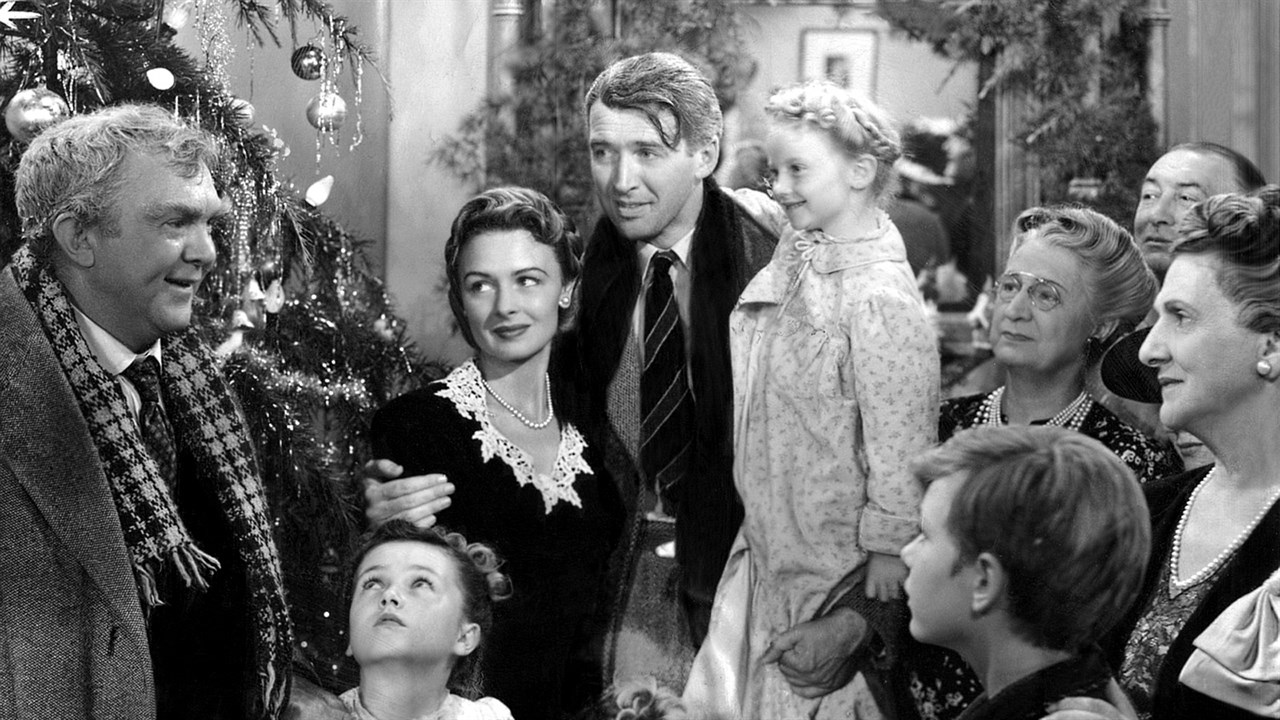
“The Revenant” leaves audiences stunned, unsettled by grizzly, authentic portrayal
Revenant (n. one who has returned, as if from the dead)
Icy water trickles gently over the rocks. All is quiet. As the camera tilts up and pans to the right, the barrel of a gun creeps out from behind a tree. Two armed hunters are now visible, moving with caution over the steady flow of the stream.
A nearby gunshot shatters the calm. The men stop. Another shot.
Screams of terror and fury fill the air as the two men return to their hunting party. Arikara Indians gallop around the camp of fur trappers. Their arrows whiz past the two men, piercing the skulls of others around them.
A small group of survivors flees the Arikara. Reaching a boat offshore, the remaining trappers drift down the Missouri River, battered and defeated, carrying only a fraction of the beaver furs they’d trapped over the past few months.
This opening scene from “The Revenant” captures the brutality exhibited in the true story of its protagonist Hugh Glass (Leonardo DiCaprio), a legendary frontiersman and fur trapper in the 1820s.
Following the slaughtering of trappers at the beginning of the film, Glass guides the surviving group back to its outpost, Fort Kiowa. As Glass is scouting ahead he is attacked by a grizzly bear and mauled to the edge of death.
Finding Glass underneath the dead beast, captain Andrew Henry (Domhnall Gleeson) leaves him in the care of his half-native son Hawk (Forrest Goodluck), Jim Bridger (Will Poulter) and John Fitzgerald (Tom Hardy), as it seems that Glass will succumb to his wounds.
After a failed attempt to smother Glass, Fitzgerald kills Hawk, buries Glass alive and deceives Bridger about his actions as they press on toward Fort Kiowa. Determined to find Fitzgerald, Glass uses his wit and skill to survive and sets out on a 200-mile path of vengeance across the Northern Plains of America, and you are with him every step of the way.
You squirm in your seat as Glass cauterizes his own wounds. You taste the blood and scales of the raw fish as Glass rips it open with his teeth. You lose your appetite for that next handful of popcorn as Glass guts a horse and uses its carcass as a sleeping bag.
The authenticity of “The Revenant” is not only the product of DiCaprio’s dedication, but also of the entire cast and crew. Director Alejandro G. Inarritu was unwavering about filming in strictly natural light, which gave the cast and crew a mere 90 minutes of shooting time each day.
Inarritu and his team journeyed for hours in minus 25 degree weather to locations in the Canadian and Argentinian mountains. The production ran five months over schedule and $35 million over budget, but the hell that the cast and crew endured was not in vain.
The cinematography is masterful. The close ups are so close at times that DiCaprio’s breath fogs up the lens, further intensifying the emotional impact of his performance. The landscape choices and use of all natural light result in breathtaking shots such as one scene when Fitzgerald and Bridger are keeping warm by the fire. As darkness falls, sparks dance upward off of the flames; the camera angle shows them gently float toward the heavens and vanish into the twinkling of the night sky.
“The Revenant” is nominated for 12 Academy Awards, the most at this year’s ceremony. Its direction is nearly flawless, its performances, unsettling. But above all, Inarritu paints a captivating portrait of human suffering and the incredible resiliency of a man with a heart of vengeance.





